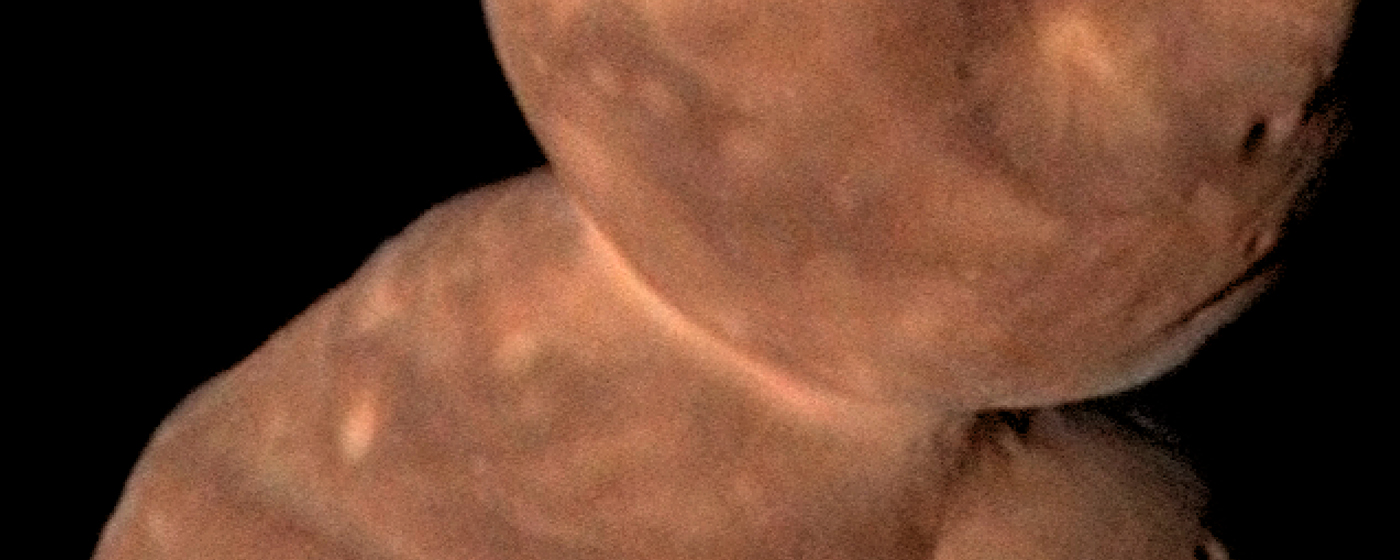Findings From NASA’s Juno Update Jupiter Water Mystery
NASA’s Juno mission has provided its first science results on the amount of water in Jupiter’s atmosphere. Juno’s findings, the first on the gas giant’s abundance of water since the agency’s 1995 Galileo mission, represent a critical missing piece to the puzzle of the solar system’s formation. Juno is part of NASA’s New Frontiers Program, which is managed at NASA’s Marshall Space Flight Center in Huntsville, Alabama, for the agency’s Science Mission Directorate.
NASA Announces Teams for 2020 Human Exploration Rover Challenge
Teams from around the globe will compete April 17-18 in NASA’s Human Exploration Rover Challenge at the U.S. Space & Rocket Center in Huntsville, Alabama. More than 100 teams are expected to participate, including teams from 27 states, the District of Columbia, Puerto Rico and 11 countries.
New Horizons Team Uncovers Critical Piece of Planetary Formation Puzzle
Data from NASA’s New Horizons mission are providing new insights into how planets and planetesimals – the building blocks of the planets – were formed. The New Horizons spacecraft flew past the ancient Kuiper Belt object Arrokoth on Jan. 1, 2019, providing humankind’s first close-up look at one of the icy remnants of solar system formation. Marshall’s Planetary Management Office provides the NASA oversight for New Horizons, which is part of the New Frontiers Program.
Cygnus Open for Business as New Science Starts Aboard Space Station
The Cygnus space freighter is open for business at the International Space Station’s Unity module, where it will stay for the next three months. The Expedition 62 crew has begun unloading more than 3 tons of science, supplies and station hardware delivered Tuesday to replenish the orbital lab. Marshall manages science operations for the station
Orion ‘Passengers’ on Artemis I to Test Radiation Vest for Deep Space Missions
The uncrewed Artemis I mission will carry two identical mannequin torsos equipped with radiation detectors. One will wear the new AstroRad vest, while the other will not. They will fly aboard Orion during the three-week mission, traveling about 280,000 miles from Earth and thousands of miles beyond the Moon.
For more information or to learn about other happenings at NASA’s Marshall Space Flight Center, visit NASA Marshall. For past issues of the ICYMI newsletter, click here.

































